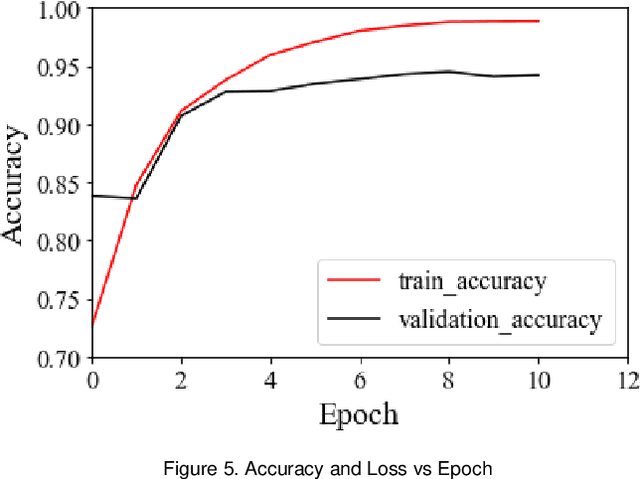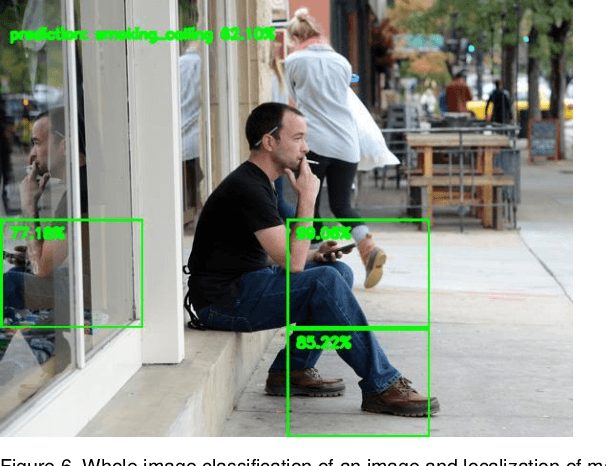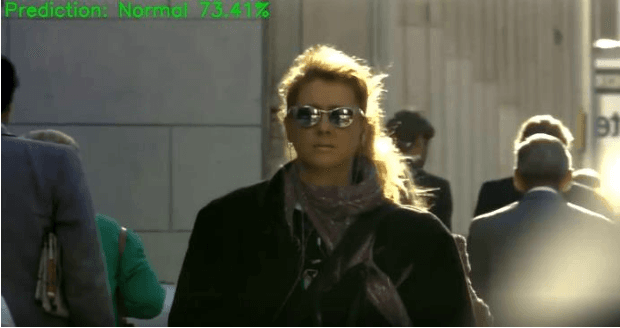Miaowei Wang
EvoEmpirBench: Dynamic Spatial Reasoning with Agent-ExpVer
Sep 16, 2025


Abstract:Most existing spatial reasoning benchmarks focus on static or globally observable environments, failing to capture the challenges of long-horizon reasoning and memory utilization under partial observability and dynamic changes. We introduce two dynamic spatial benchmarks, locally observable maze navigation and match-2 elimination that systematically evaluate models' abilities in spatial understanding and adaptive planning when local perception, environment feedback, and global objectives are tightly coupled. Each action triggers structural changes in the environment, requiring continuous update of cognition and strategy. We further propose a subjective experience-based memory mechanism for cross-task experience transfer and validation. Experiments show that our benchmarks reveal key limitations of mainstream models in dynamic spatial reasoning and long-term memory, providing a comprehensive platform for future methodological advances. Our code and data are available at https://anonymous.4open.science/r/EvoEmpirBench-143C/.
DecoupledGaussian: Object-Scene Decoupling for Physics-Based Interaction
Mar 07, 2025



Abstract:We present DecoupledGaussian, a novel system that decouples static objects from their contacted surfaces captured in-the-wild videos, a key prerequisite for realistic Newtonian-based physical simulations. Unlike prior methods focused on synthetic data or elastic jittering along the contact surface, which prevent objects from fully detaching or moving independently, DecoupledGaussian allows for significant positional changes without being constrained by the initial contacted surface. Recognizing the limitations of current 2D inpainting tools for restoring 3D locations, our approach proposes joint Poisson fields to repair and expand the Gaussians of both objects and contacted scenes after separation. This is complemented by a multi-carve strategy to refine the object's geometry. Our system enables realistic simulations of decoupling motions, collisions, and fractures driven by user-specified impulses, supporting complex interactions within and across multiple scenes. We validate DecoupledGaussian through a comprehensive user study and quantitative benchmarks. This system enhances digital interaction with objects and scenes in real-world environments, benefiting industries such as VR, robotics, and autonomous driving. Our project page is at: https://wangmiaowei.github.io/DecoupledGaussian.github.io/.
Self-Annotated 3D Geometric Learning for Smeared Points Removal
Nov 15, 2023



Abstract:There has been significant progress in improving the accuracy and quality of consumer-level dense depth sensors. Nevertheless, there remains a common depth pixel artifact which we call smeared points. These are points not on any 3D surface and typically occur as interpolations between foreground and background objects. As they cause fictitious surfaces, these points have the potential to harm applications dependent on the depth maps. Statistical outlier removal methods fare poorly in removing these points as they tend also to remove actual surface points. Trained network-based point removal faces difficulty in obtaining sufficient annotated data. To address this, we propose a fully self-annotated method to train a smeared point removal classifier. Our approach relies on gathering 3D geometric evidence from multiple perspectives to automatically detect and annotate smeared points and valid points. To validate the effectiveness of our method, we present a new benchmark dataset: the Real Azure-Kinect dataset. Experimental results and ablation studies show that our method outperforms traditional filters and other self-annotated methods. Our work is publicly available at https://github.com/wangmiaowei/wacv2024_smearedremover.git.
Classification of Smoking and Calling using Deep Learning
Dec 15, 2020


Abstract:Since 2014, very deep convolutional neural networks have been proposed and become the must-have weapon for champions in all kinds of competition. In this report, a pipeline is introduced to perform the classification of smoking and calling by modifying the pretrained inception V3. Brightness enhancing based on deep learning is implemented to improve the classification of this classification task along with other useful training tricks. Based on the quality and quantity results, it can be concluded that this pipeline with small biased samples is practical and useful with high accuracy.
 Add to Chrome
Add to Chrome Add to Firefox
Add to Firefox Add to Edge
Add to Edge